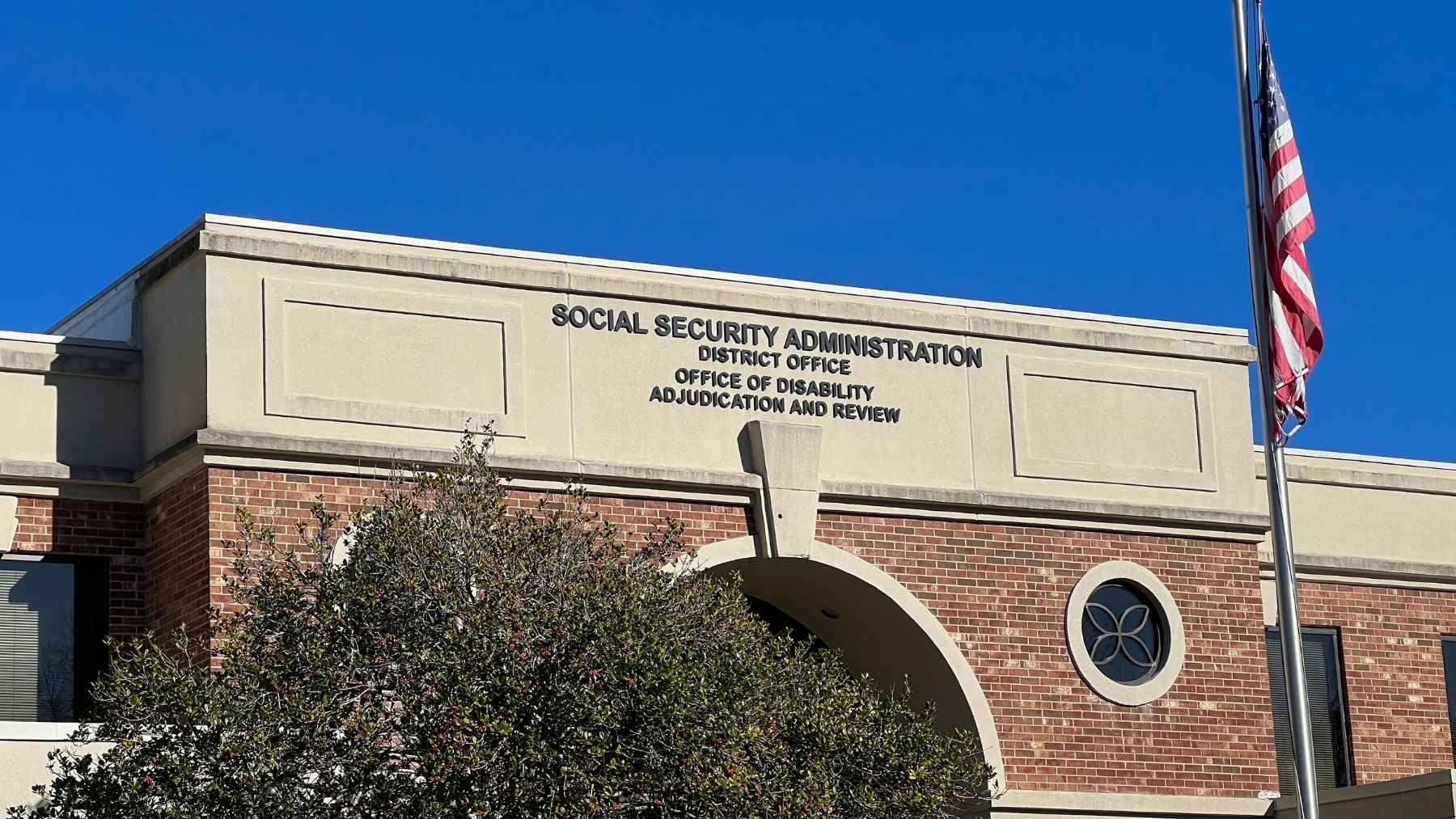On August 14, the Social Security program celebrated its 90th year. While that is no small feat, many are beginning to worry about the program’s longevity as it has grown into a cornerstone of support for America’s most vulnerable. This year’s annual report from the Social Security Board of Trustees confirms that the program’s funding outlook is worsening, with a major trust fund projected to be exhausted before the program even reaches its 100th year.
In parallel, a survey conducted by the Transamerica Center for Retirement Studies found that most participants fear Social Security will no longer be there when it’s their turn to retire. Here is what you need to know.
Projected Shortfall
Social Security is primarily funded through a dedicated payroll tax, but two major trust funds also supplement this revenue: the Old-Age and Survivors Insurance (OASI) trust fund and the Disability Insurance (DI) trust fund. According to the report, the OASI trust fund is projected to be depleted by 2033 if no changes are made.
If the OASI trust fund becomes insolvent, the remaining revenue would cover only 77% of scheduled benefits, likely resulting in steep cuts to monthly payments. In the 1980s, the program faced similar funding issues; as a result, the Full Retirement Age (FRA) was gradually increased and a portion of benefits became taxable.
Lawmakers today have again floated similar proposals, but nothing has been finalized. In 2026, the FRA is set to increase one final time to 67 as previously enacted. However, if no solution is reached for the projected shortfall, it could be raised further. A bipartisan proposal to create a new investment fund has also been introduced, but it would require a substantial $1.5 trillion start-up contribution from the Treasury.
Survey Results Show Americans Fear Social Security’s End Is Near
According to the Transamerica survey, “7 in 10 Americans worry that Social Security won’t be there for them when they retire.” Furthermore, when participants were asked to respond to the statement, “I am concerned that when I am ready to retire, Social Security will not be there for me,” 71% of non-retirees agreed.
A total of 10,009 adults ages 18 and older were polled between September 11 and October 17, 2024. Of this group, about 87% said they have at least one retirement-related fear—some rooted in finances, others in health. Regarding Social Security being cut or ceasing to exist entirely in the future, 37% said this is their greatest fear.
According to the survey, “sixty-three percent of Americans said they either believe they won’t save enough to meet their needs by the time they retire or, if already retired, they failed to save enough—28 percent strongly agree and 35 percent somewhat agree with that statement.”
“Social Security has served as the cornerstone of retirement income since its establishment nine decades ago. It provides millions of older Americans with guaranteed income, so that they can retire with greater financial security,” noted Catherine Collinson, CEO and president of Transamerica Institute. “With the estimated depletion of the Social Security trust funds looming large, now is the time for policymakers to identify reforms that can help ensure the program’s sustainability for the next 90 years.”

